How to install a pressure transducer in a sewage pipeline system?
Optimizing Sewage Flow with Pressure Transducers
Installing a pressure transducer in a sewage pipeline system requires careful planning and execution. First, select an appropriate location along the pipeline, preferably at a point of interest such as near pumps or junctions. Next, install a tapping saddle or weld-on fitting to create an access point. Then, mount the pressure transducer using the correct fittings and ensure a watertight seal. Finally, connect the transducer to your monitoring system and calibrate it for accurate readings. Regular maintenance is crucial for optimal performance.
Optimizing Sewage Flow with Pressure Transducers
Pressure transducers play a crucial role in optimizing sewage flow within pipeline systems. These sophisticated devices provide real-time data on pressure variations, enabling operators to make informed decisions about system management. By strategically placing pressure transducers throughout the network, utilities can gain valuable insights into flow patterns, identify potential blockages, and prevent costly overflows.
Key Benefits of Pressure Transducer Implementation
Implementing pressure transducers in sewage pipeline systems provides a wide range of significant benefits:

- Early detection of leaks, blockages, or abnormal pressure changes
- Enhanced operational efficiency through continuous, data-driven monitoring
- Lower maintenance expenses and prolonged infrastructure service life
- Increased environmental protection by minimizing the risk of sewage spills or overflows
- Improved compliance with strict environmental and safety regulations
The pressure transducer functions as a vigilant sentinel within the sewage network, continuously assessing system performance and identifying irregularities in real time. By delivering accurate pressure readings and early warnings, it empowers operators to take timely corrective action. This proactive approach not only safeguards infrastructure integrity but also supports sustainable wastewater management and ensures smoother, more reliable system operation overall.
Selecting the Right Pressure Transducer for Sewage Applications
Choosing the right pressure transducer for sewage pipeline systems is essential to ensure reliable monitoring and long-term system performance. Key factors to consider include:

- Pressure range: Verify that the transducer can accommodate the full range of expected pressure fluctuations without risk of damage or inaccurate readings.
- Material compatibility: Select transducers constructed from corrosion-resistant materials that can withstand the aggressive conditions found in sewage environments.
- Accuracy and resolution: Ensure the device provides the precision required for your specific application, enabling effective monitoring and early detection of issues.
- Output signal: Determine whether your control or monitoring system requires analog or digital output signals, and select a transducer that matches those requirements.
- Environmental protection: Choose sensors with suitable IP ratings to resist water ingress, dust, and other harsh environmental factors commonly encountered in sewage systems.
A high-quality pressure transducer, such as the GPT200 from GAMICOS, delivers exceptional reliability, durability, and performance, making it ideal for demanding sewage applications where both accuracy and resilience are critical.
Advanced Tips for Pressure Transducer Placement
Strategic placement of pressure transducers is essential for maximizing their effectiveness in sewage pipeline systems. Consider these advanced tips to optimize your sensor network:
Identifying Critical Monitoring Points
To achieve thorough monitoring, pressure transducers should be installed at the following critical points:
- Pump stations: Track inlet and outlet pressures to evaluate pump performance and detect potential issues early.
- Pipeline junctions: Measure pressure differences at intersections of main and branch lines to identify blockages or leaks.
- Elevation changes: Position sensors before and after significant changes in pipeline elevation to monitor pressure variations caused by gravity and flow dynamics.
- Flow control structures: Observe pressures near valves, gates, and other flow control devices to ensure proper operation and detect anomalies.
- Known problem areas: Add extra transducers in sections with a history of clogs, leaks, or other operational challenges.
Strategically placing pressure transducers at these locations allows operators to develop a detailed and accurate pressure profile of the entire sewage pipeline network, enabling proactive maintenance, early issue detection, and optimized system performance.
Ensuring Proper Sensor Orientation
The orientation of your pressure transducer can significantly impact its accuracy and longevity. Follow these guidelines for optimal installation:
- Vertical orientation: Install the pressure transducer vertically when possible to prevent sediment accumulation
- Angled installation: If vertical placement isn't feasible, install at a minimum 45-degree angle
- Avoid air pockets: Ensure the sensor diaphragm is fully submerged to prevent air entrapment
- Use isolation valves: Install valves to allow for sensor removal without system shutdown
- Consider accessibility: Place sensors in locations that allow for easy maintenance and calibration
Proper orientation of the pressure transducer ensures accurate readings and extends the sensor's operational life.
Enhancing Accuracy in Sewage Pressure Measurements
Achieving precise pressure measurements in sewage pipeline systems requires attention to detail and adherence to best practices. Consider these strategies to enhance the accuracy of your pressure transducer readings:
Calibration and Maintenance Protocols
Regular calibration and maintenance are essential for maintaining the accuracy of your pressure transducer. Implement these protocols:
- Establish a routine calibration schedule based on manufacturer recommendations
- Perform in-situ calibration checks using a portable calibrator
- Clean sensors regularly to prevent fouling and maintain accuracy
- Inspect wiring and connections for signs of corrosion or damage
- Document all calibration and maintenance activities for quality assurance
Consistent calibration and maintenance ensure your pressure transducer continues to provide reliable data over its operational lifetime.
Addressing Common Accuracy Challenges
Sewage environments present unique challenges for pressure measurement. Address these common issues to maintain accuracy:
- Temperature compensation: Use pressure transducers with built-in temperature compensation
- Vibration isolation: Install sensors with dampening mounts to minimize vibration effects
- Electromagnetic interference: Use shielded cables and proper grounding techniques
- Pressure spikes: Implement surge protection devices to safeguard sensors
- Clogging prevention: Consider using flush diaphragm designs or purge systems
By addressing these challenges, you can significantly improve the accuracy and reliability of your pressure measurements in sewage pipeline systems.
Conclusion
Installing a pressure transducer in a sewage pipeline system is a critical task that requires careful planning, precise execution, and ongoing maintenance. By following the guidelines outlined in this article, you can ensure optimal performance and accuracy of your pressure monitoring system. Remember that the key to success lies in selecting the right pressure transducer, strategically placing sensors, and implementing robust calibration and maintenance protocols.
As sewage infrastructure continues to age and face increasing demands, the role of pressure transducers in system management becomes ever more crucial. These devices provide invaluable data that help utilities optimize flow, detect issues early, and protect both infrastructure and the environment. By leveraging advanced pressure monitoring technologies, sewage system operators can make more informed decisions, improve efficiency, and ultimately provide better service to their communities.
Expert Pressure Transducer Solutions - GAMICOS
GAMICOS, a leading manufacturer of pressure and level measurement solutions, offers cutting-edge pressure transducers tailored for sewage pipeline applications. Our GPT200 general pressure transmitter features a highly stable piezoresistive sensor and advanced circuitry, ensuring reliable performance in challenging environments. With a focus on innovation and customer satisfaction, GAMICOS provides comprehensive support from product selection to installation and ongoing maintenance. Trust our expertise to optimize your sewage pipeline monitoring system. For personalized solutions and expert advice, contact our team at info@gamicos.com.
References
1. Smith, J. A. (2021). "Advanced Pressure Measurement Techniques in Wastewater Systems." Journal of Environmental Engineering, 147(3), 234-249.
2. Johnson, R. B., & Thompson, L. M. (2020). "Optimizing Sewage Pipeline Performance through Strategic Sensor Placement." Water Science and Technology, 82(11), 2356-2370.
3. Brown, C. D., et al. (2019). "Calibration Best Practices for Pressure Transducers in Harsh Environments." Sensors and Actuators A: Physical, 295, 70-79.
4. Garcia, M. E. (2022). "Innovations in Pressure Monitoring for Urban Wastewater Networks." Urban Water Journal, 19(5), 412-425.
5. Lee, S. H., & Park, K. Y. (2018). "Long-term Performance Analysis of Pressure Sensors in Sewage Systems." Water Research, 140, 220-229.

Halen
With over 12 years of experience in fluid sensing technology, Halen specializes in helping clients select and optimize oil level sensors for a wide range of industries—including automotive, marine, heavy machinery, and energy.
We're here to help — submit your request anytime!
Let us know how we can help solve your pressure level measurement challenge.
Recommended Blog
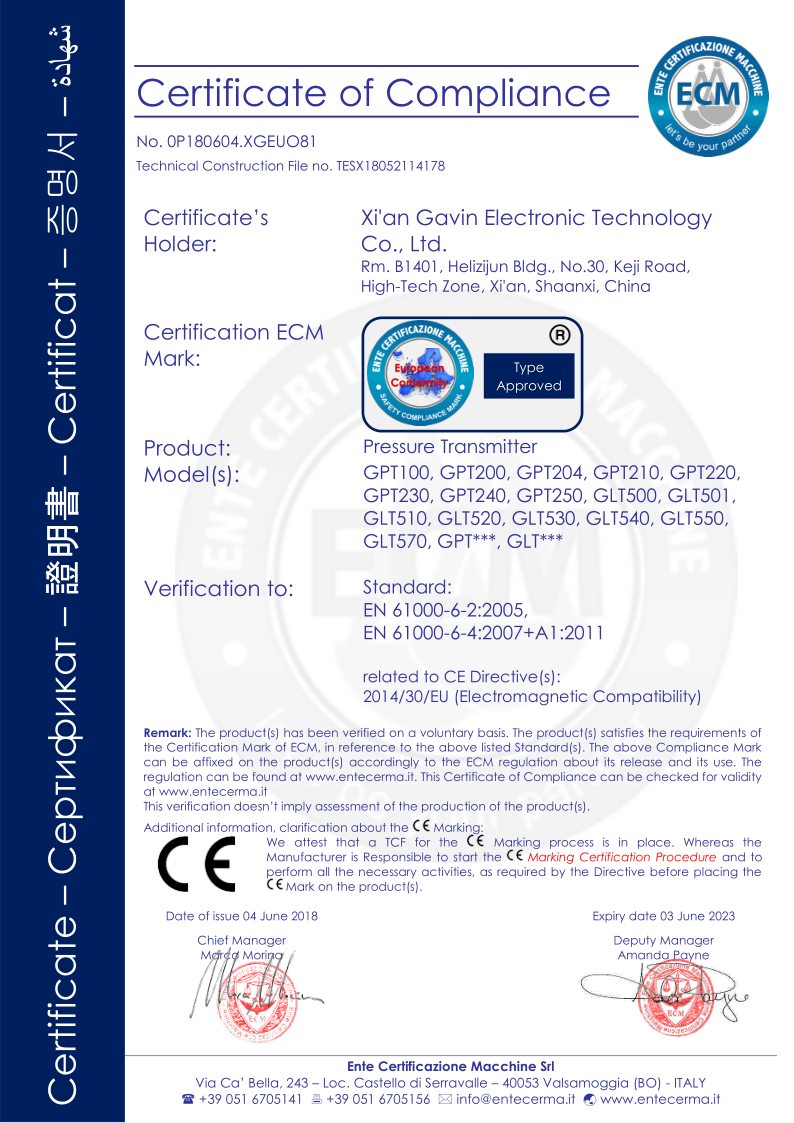
_1757930850792.jpg)
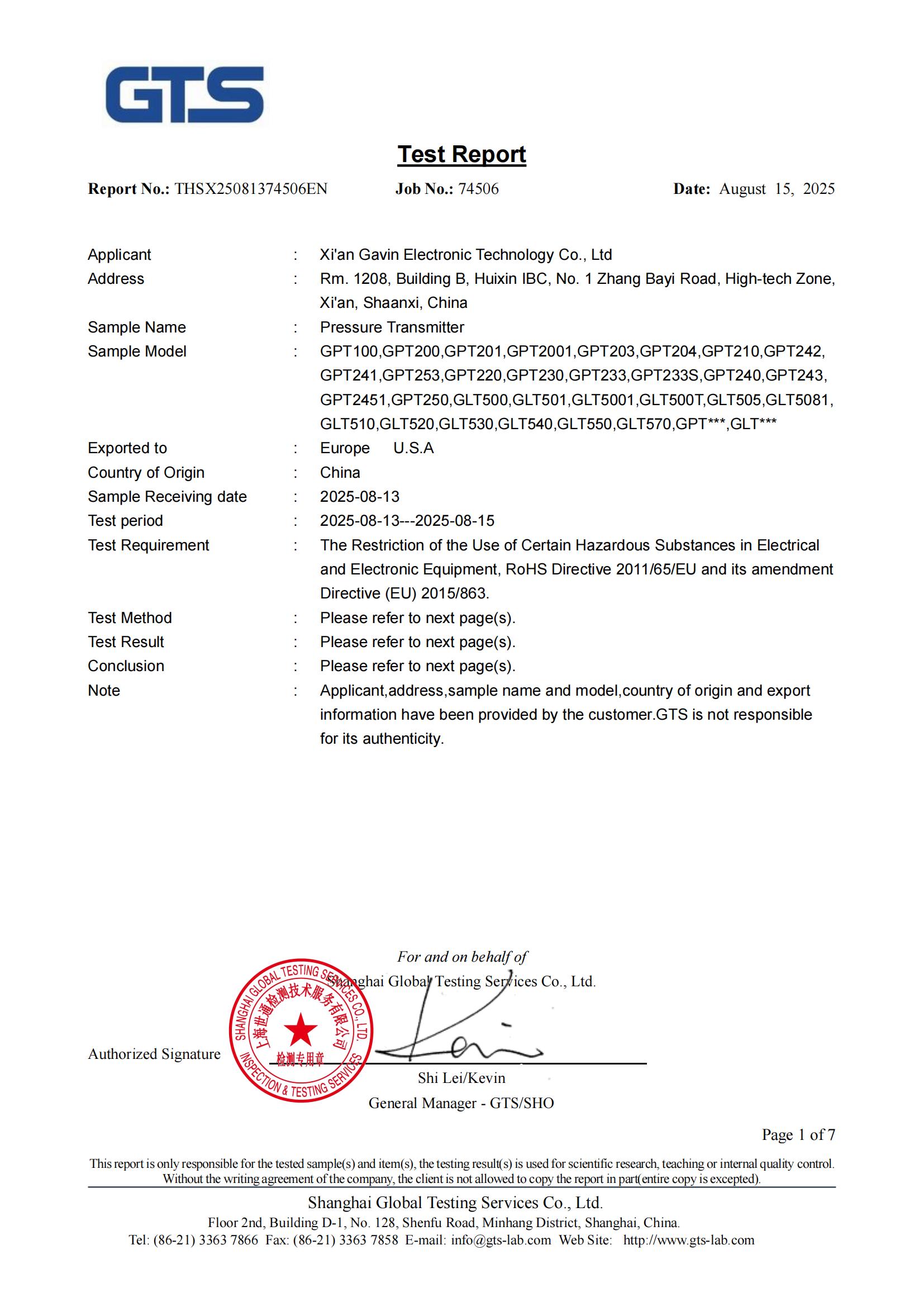
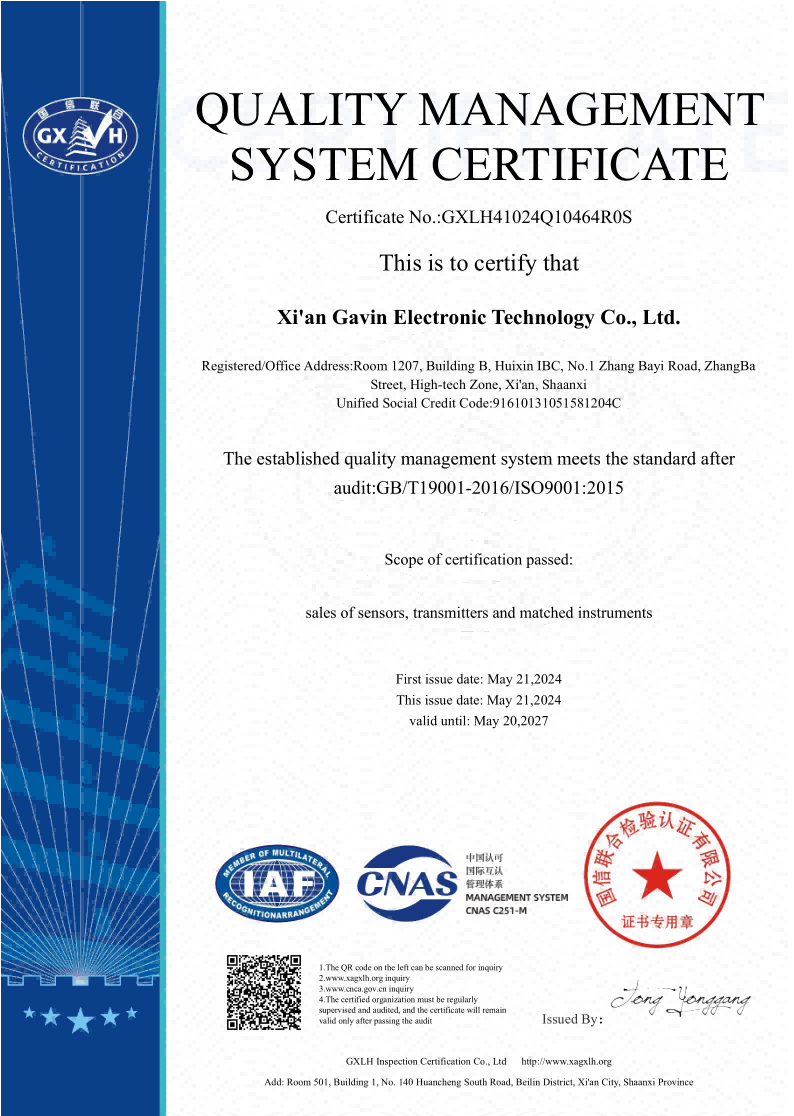
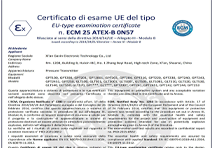

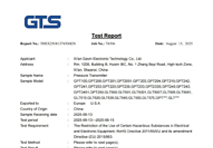
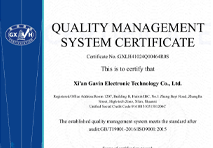

_1761290377465.webp)
